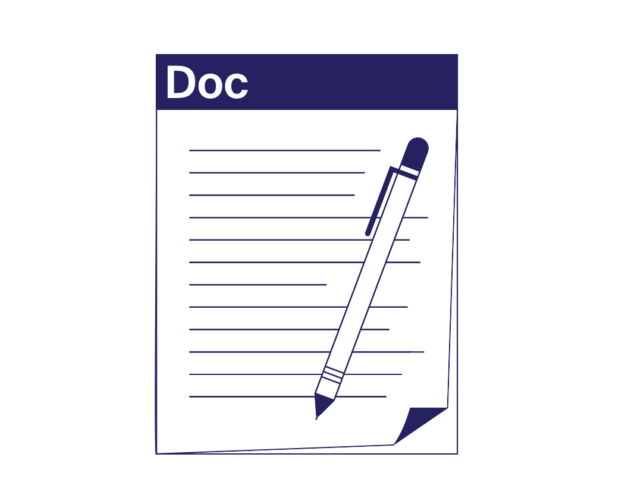
-
4-minute read
-
20th February 2024
Free Online Peer Review Template
Having your writing peer-reviewed is a valuable process that can showcase the strengths and weaknesses of your document and help take it to the next level of excellence.
But sometimes it can be hard to get a quality peer review conducted. That’s why we’ve provided this free template that the person doing the review can fill in.
This post will describe what a peer review is, explain why it’s important, show you how to fill out our review template, and then provide you with another valuable option if you want to make sure all your writing is flawless.
What Is Peer Review?
Peer review is a process in which a piece of writing is evaluated by another person who possesses an aptitude in the subject the writing covers. A peer review can point out the strengths and weaknesses of a piece of writing and show the author areas that can be improved prior to submission, publication, and so on.
Why Is Peer Review Important?
The peer review process serves as a type of quality control. The benefits of peer review include:
- Motivating the original author to conduct sound research prior to the review
- Checking the validity of any arguments or claims being made
- Providing feedback to the author on areas to improve
- Ensuring the writing is accurate and error-free
Peer Review Template
To help the reviewer conduct an organized and thorough peer review, we’ve created a free online peer review template. Here are the steps to take to fill it out.
1. Reviewer Information
Simply fill in your name, the date, and the title of the document or project being reviewed.
2. General Feedback
This area is where you provide your initial thoughts and overall impression of the document. Don’t go into too many specifics in this section; just let the author know what you thought of the document as a whole and whether it accomplished what it set out to do.
3. Specific Feedback
As the heading suggests, this section is where you go into specifics about what’s good in the document and what might need to be improved.
Start with the strengths. List the specific areas where the document excels and briefly explain why you think so.
Find this useful?
Subscribe to our newsletter and get writing tips from our editors straight to your inbox.
Subscribe to Beyond the Margins and get your monthly fix of editorial strategy, workflow tips, and real-world examples from content leaders.
From there, move on to areas for improvement. Here, you’ll make a detailed list of any errors or parts of the document that could benefit from revision.
Finally, end this section with your suggestions. Based on the parts you’ve drawn attention to in the areas for improvement, provide some advice on how the author can refine these.
4. Additional Comments
This section is where you enter additional questions, comments, concerns, and so on that you weren’t able to fit into the preceding sections.
5. Summary and Recommendation
End your peer review by including a summary of the work as a whole. The summary should include all the strengths of the work and the areas that need improving. Because you’ve already written most of the information in the preceding sections, you don’t need to go into too much detail here. If the author requires a recommendation, you can include it here and state whether the document can be published, needs some revision, or requires substantial additional work.
Criticisms Against Peer Review
Not everyone agrees that peer review is the best way to evaluate someone’s writing. Some studies have shown that documents rejected during peer review often still go on to be published or the ones approved during peer review can still contain errors.
Despite the criticisms, most people would agree that peer reviews do increase the quality of writing prior to publication. Errors made in the peer review process are no reason to abandon the whole system. When time is taken to conduct a thorough peer review with the help of the template provided above, the process is sure to improve any document.
What if I Can’t Find a Peer Reviewer?
If you’ve written something but you’re not confident in its overall quality, don’t worry. A professional proofreader can help. They can check your grammar, spelling, and punctuation; identify and correct errors; and provide you with valuable feedback to help you improve.
Great proofreaders aren’t hard to find. A simple way to do so is to visit Proofed’s online platform. You’ll get any document you submit to us returned within 24 hours.
We’ll even proofread your first 500 words for free!